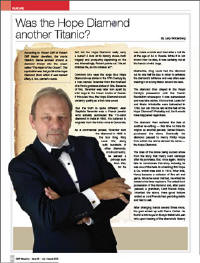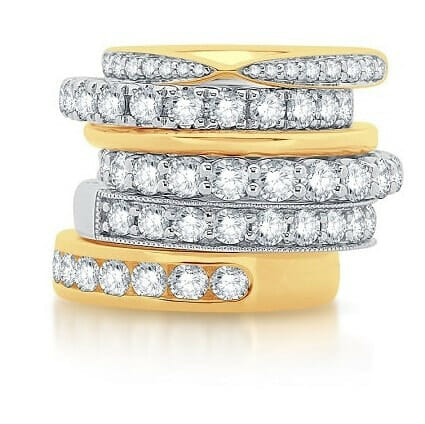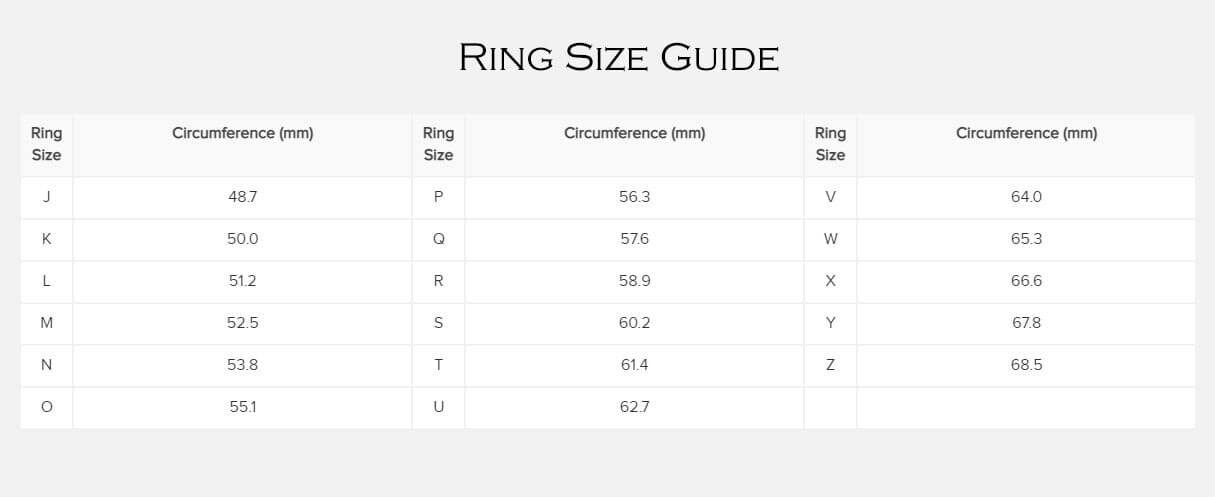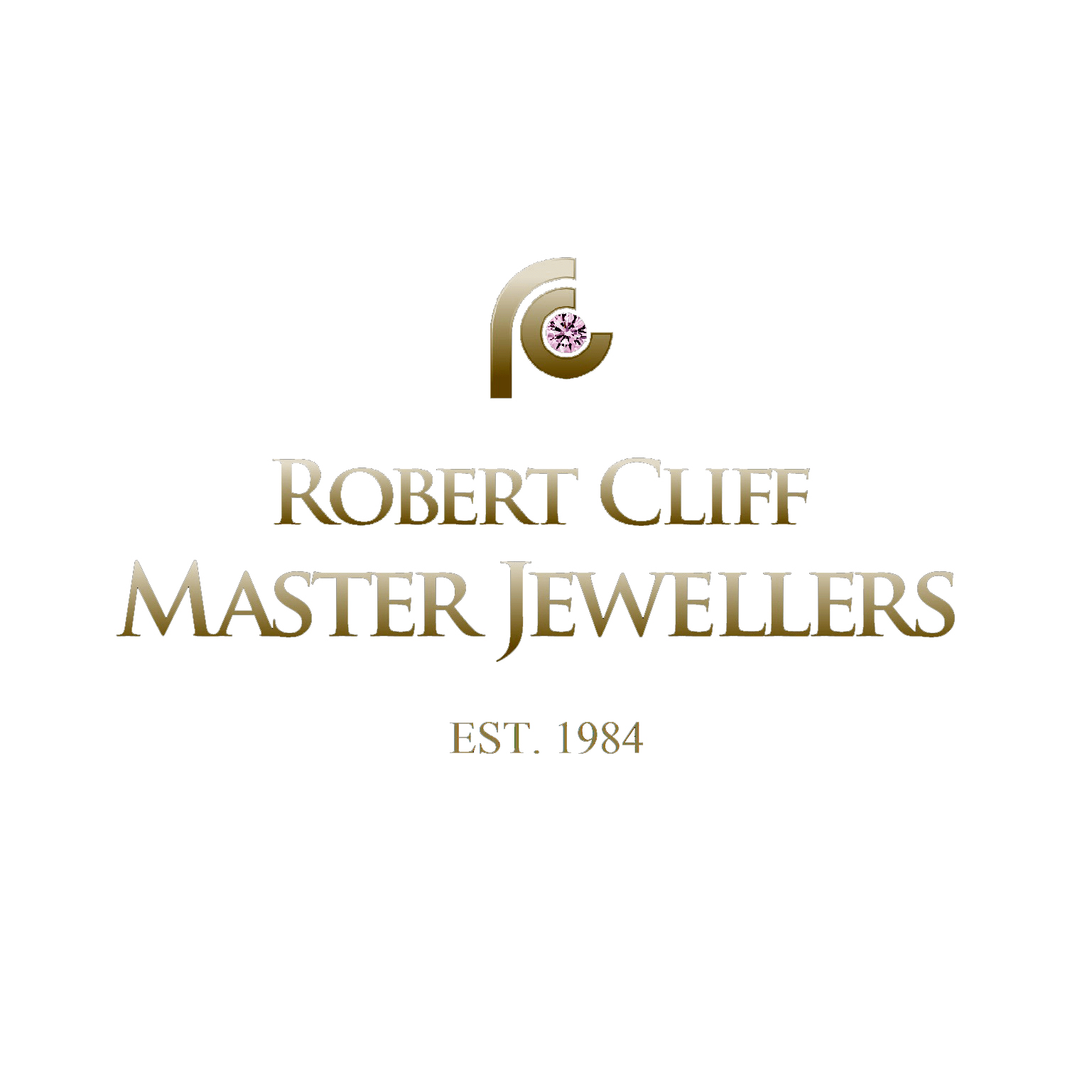According to Robert Cliff of Robert Cliff Master Jewellers, the movie Titanic’s theme evolved around a diamond thrown into the ocean called “The Heart of the Ocean”. The implication was that just like the Hope Diamond (from which it was named after), it, too, carried a curse.
But did the Hope Diamond really carry a curse? A look at its history shows both tragedy and prosperity depending on the
era. Interestingly, Robert points out: “As art imitates life, so life imitates art”.
Common lore says the large blue Hope Diamond was stolen in the 17th Century by a man named Tavernier from the forehead
of a Hindu goddess statue of Sita. Because of this, Tavernier was later torn apart by wild dogs in the frozen tundra of Russia. If this were true, the Hope Diamond would certainly qualify as a first-rate curse!
But the truth is quite different. Jean Baptiste Tavernier was a French jeweler who actually purchased the 112-carat
diamond in India in 1642. It’s believed to originate from the Kollur mine in Golconda.
As a commercial jeweler, Tavernier sold the diamond in 1668 to the Sun King, King Louis XIV, along with hundreds of other diamonds. Undoubtedly, he earned a princely sum from this, for he was made a noble and died after a full life
at the age of 84 in Russia. While it is not known how he died, it was certainly not at the hands of wild dogs.
Meanwhile, King Louis had the diamond cut to one half its size in order to enhance the diamond’s brilliance and was often seen wearing it on a long ribbon around his neck.
The diamond then stayed in the Royal Family’s possession until the French Revolution whereupon it was surrendered
and was later stolen. It’s true that Louis XVI and Marie Antoinette were beheaded in 1793, but can this be laid at the feet of the Hope Diamond? Probably not, for it would have happened regardless.
The diamond then suffered the fate of another re-cutting — this time to hide its origins as another jeweler, Daniel Eliason, purchased the stone. Eventually the diamond passed to Henry Phillip Hope from which the stone derived its name — the Hope Diamond.
The idea of the stone being cursed arose from the story that Henry went bankrupt after its purchase. But, once again, history fails to corroborate this story. Actually, he was one of the heirs to a banking firm Hope & Co. which was sold in 1813. After that, Henry became a collector of fine art and gems. Since he never married, he willed his estate to his three nephews. The eldest took possession of the diamond and, after years passed, a grandson, Lord Francis Hope,
inherited the stone. Here good fortune ended as Lord Francis had gambling debts and had to sell.
After changing hands several times more, the gem ended up with Pierre Cartier. He found a rich buyer in Evalyn Walsh McLean who upon hearing of the diamond’s history replied that, for her, bad luck turned into good luck. Evalyn then wore the diamond continuously as a good luck charm, only taking it off for a goiter operation. But the scourge of the curse seemed to vehemently re-surface. First, her first-born son, Vinson, died in a car crash at the age of nine. Then her daughter committed suicide at the age of 25, followed by her husband being declared insane and confined to a mental institution until his death in 1941.
If ever there was a curse, this was the strongest evidence.
Upon Evalyn’s death the diamond was sold to pay the estate’s debts. A far-sighted New York jeweler, Harry Winston, bought it and used it to raise monies for charity. He then donated it to the Smithsonian Institute in 1958 in hopes that a national jewel collection would be initiated. It currently is on display as part of the National Gem and Mineral Collection in the National Museum of Natural History for all to see.
So does art imitate life and life art? Apparently Richard Burton thought so when he bought a 69-carat diamond in 1969 for Elizabeth Taylor. It had been cut from another Harry Winston diamond that originally came in at 240 carats. Elizabeth Taylor wore it for the first time when she attended Princess Grace’s 40th birthday in Monaco. Nine years later in 1978 she sold it for a reported $5,000,000 to another New York jeweler, Henry Lambert, and donated the proceeds to a hospital in Botswana. It has since become known as the Taylor-Burton Diamond.
Thank you Robert Cliff Master Jewellers for bringing these intriguing stories to our attention
Robert Cliff Master Jewellers
Shop 380A Castle Towers
Castle Hill, NSW 2154
p | 02 8850 5400
02 8850 7999
e | [email protected]
w | robertcliffmasterjewellers.com.au
More coming soon…












